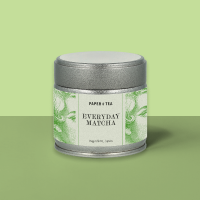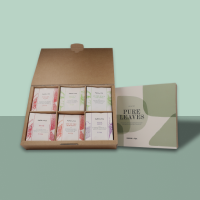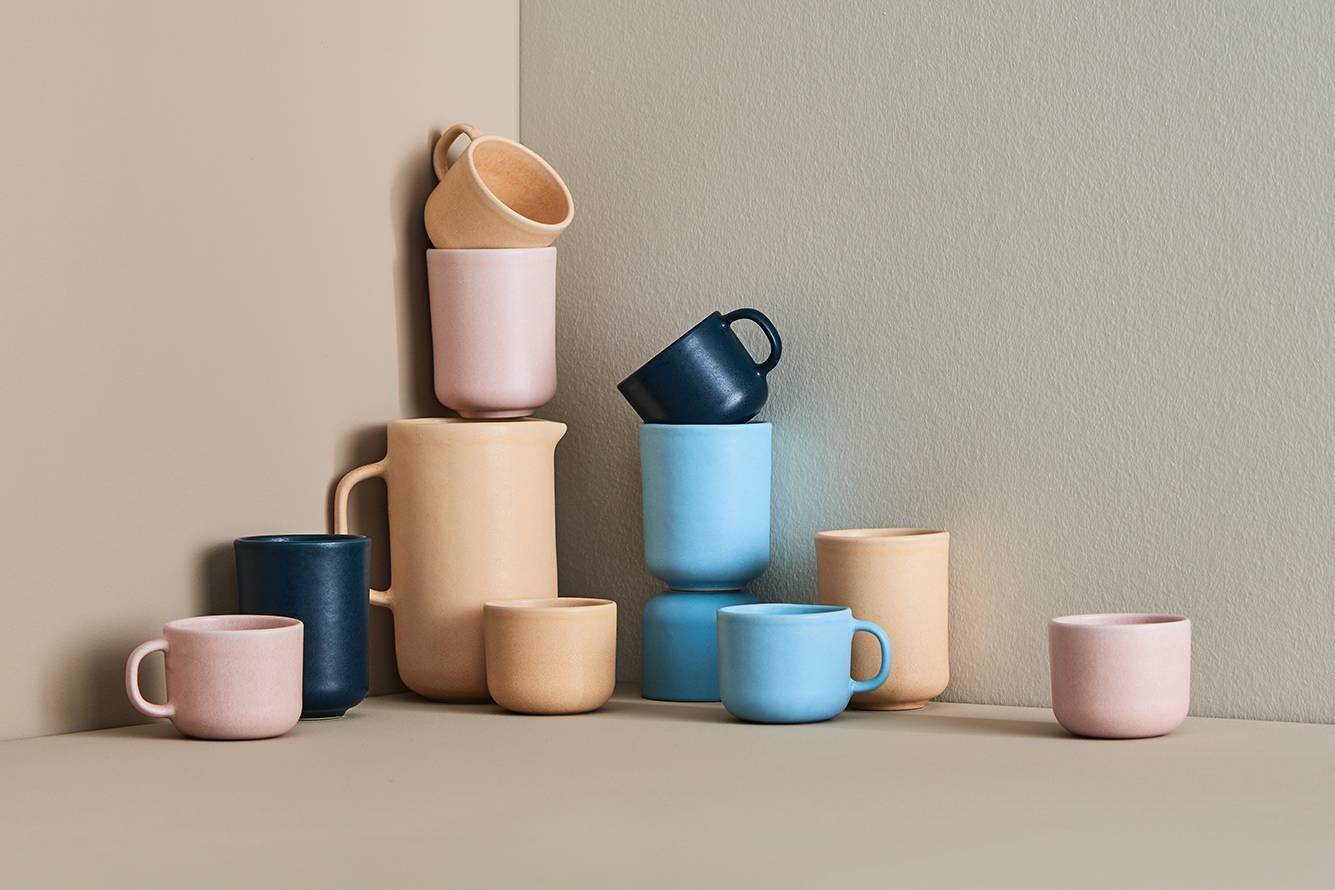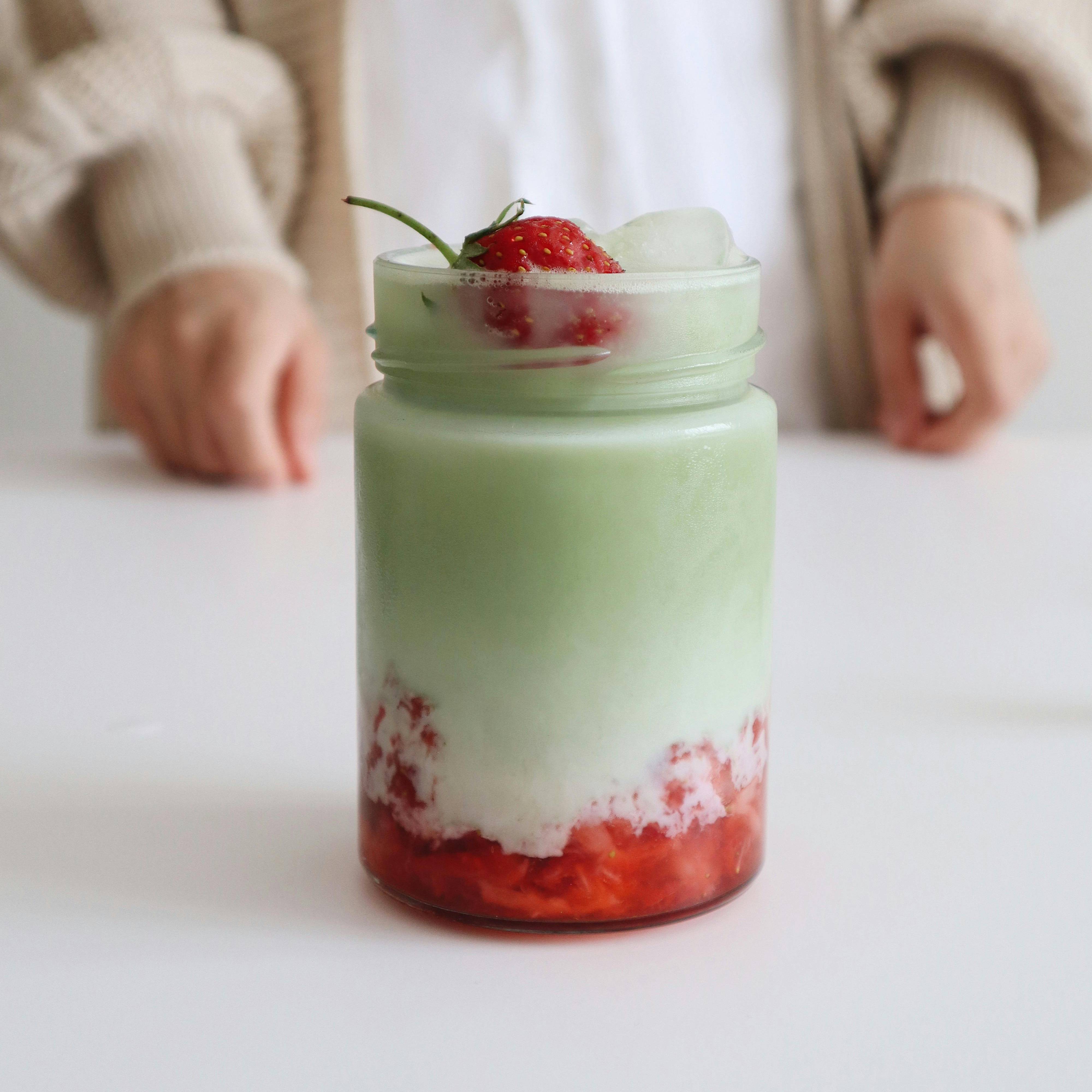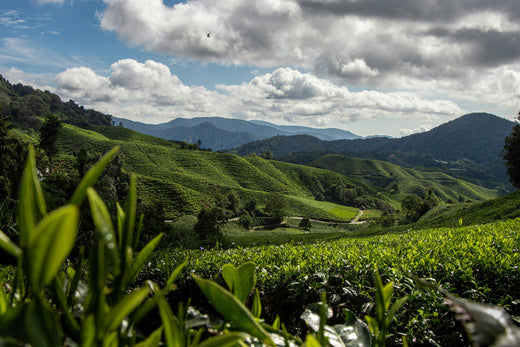Certain regions have made a name for themselves on the global market by turning their products into distinctive symbols of quality. Darjeeling tea is often called the "Champagne of Teas." Much like genuine Champagne originating exclusively from the Champagne region in France, Scotch whisky from Scotland, and Chianti wine from the Chianti region in Tuscany, authentic Darjeeling tea is produced only in Darjeeling. In this article, we will explore what makes this premium tea so exceptional and how it gained its worldwide acclaim.
The History of Darjeeling Tea: From the Himalayas to Your Cup
For nearly two centuries, the Darjeeling region in the Indian state of West Bengal has been home to one of the world's most exquisite teas. The story of Darjeeling tea began in the 19th century, during British colonial rule, when the British aimed to decrease their reliance on Chinese tea. They established extensive tea plantations in Assam, Darjeeling, Nilgiri, and other regions.
The Darjeeling Himalayan Railway
It soon became clear that the tea grown in Darjeeling had an extraordinarily delicate and refined flavor. Just 40 years after tea cultivation began in Darjeeling, the steam locomotive now known as the "Darjeeling Himalayan Railway" made its first journey in 1881, traveling the challenging 86 km route from the valley to the hill station. This railway dramatically eased the transport of this valuable tea for workers and quickly became indispensable. Over the following decades, 14 steam locomotives ensured smooth transportation. Today, modern, faster diesel locomotives handle the task, and a road built in 1960 also helps reduce rail traffic. Affectionately known as the "Toy Train," the railway is also a major tourist attraction and was designated a UNESCO World Heritage Site in 1999.
The Production Process of Himalayan Tea
Tea leaves are harvested entirely by hand, as the use of machines is impractical on the steep slopes. After picking, the leaves are transported to factories where they are first spread out to wilt. The next step is rolling. While this used to be done manually, machines now assist with the process. Rolling breaks down the cell walls, releasing cell sap that reacts with the air. This reaction, known as oxidation, is the same chemical process that occurs when you cut an apple and it turns brown.
Fun Fact: Although Darjeeling is best known for its high-quality black teas, it also produces other varieties such as green tea, white tea, and oolong tea.

Black tea undergoes the highest level of oxidation, which gives it the darkest cup color. The art lies in halting the oxidation process at precisely the right moment. This crucial decision is made by the tea masters on site. At their signal, the leaves are transferred to large ovens for drying. Once this step is complete, the tea's aroma is set. The leaves are then sorted into four grades (whole leaf, broken, fanning, and dust) and prepared for transport.
The Growing Regions: Unique Climate for Exceptional Flavor
The Darjeeling tea growing regions are home to the highest altitude tea fields in the world. How does the unique climate in these areas impact the tea plants and the exquisite flavor of Darjeeling tea? Let's take a closer look at these remarkable tea gardens.
Spring, Summer, & Autumn Plucking: Darjeeling's Harvest Seasons
First, it's essential to understand that not all Darjeeling tea is the same. The flavor of this prized tea varies significantly based on its harvest season. The tea season in Darjeeling kicks off with the First Flush in spring, usually from late February to May. During this period, the first tender shoots are harvested, resulting in an exceptionally light and floral flavor profile due to the cool nights and warm days. After the initial winter harvesting, known as the "First Pluck," the plants require about 10-14 days to develop new shoots, allowing for multiple pluckings within a single harvest period. Following the First Flush is the Second Flush, or summer harvest, from late May to early July. This period produces more mature leaves, delivering a richer, more robust flavor. The autumn harvest, also known as the Third Flush or Autumnal, occurs from October to November and is renowned for its unique aromatic depth.
Fun Fact: Did you know that Darjeeling tea was the first food product in India to receive a geographical indication (GI) tag?
The Influence of Terroir: How Climate Shapes Flavor
The high-altitude region of Darjeeling provides unique conditions where tea plants thrive: mineral-rich soils, a constant interplay between sun and shade, and a varied climate marked by high humidity and cool nights. While the days can be sunny and warm, the high elevations often bring cold, damp, foggy nights. Despite tea plants typically favoring warmth, they flourish in these conditions, albeit at a slower pace. This slower growth allows the flavors and aromatic compounds to develop more fully within the leaves, resulting in an exceptionally fine and rich taste in your cup.

In the low-lying tea gardens of Assam, the tea plants thrive in a subtropical to tropical climate. High temperatures, nutrient-rich soils, and abundant monsoon rains promote their growth, resulting in the distinctive, robust, and malty flavor profile characteristic of Assam teas.
Preparing Darjeeling Tea: Tips for Perfect Enjoyment
Fun Fact: Did you know that in India, loose tea is boiled together with water and then strained?
If you're curious, you might want to try this method. Otherwise, here are some tips to help you get the most out of your Darjeeling tea using the Western preparation method.
Optimal Water Temperature & Steeping Time
To fully savor the unique flavor of your Darjeeling tea, follow these tips and tricks:
- Storage: Store your Darjeeling tea in an airtight container in a cool, dark place.
- Water Quality: Always use fresh, filtered water.
- Preheat Your Teapot: Preheat your teapot by rinsing it with hot water.
- Water Temperature: Use a thermometer to achieve the ideal water temperature. For spring-harvested leaves, a lower temperature helps highlight the delicate notes. For Second or Third Flush teas, a higher temperature brings out the robust, malty flavors.
- Steeping Time: Steep the leaves briefly to avoid bitterness.
- Experiment: Adjust the water temperature, amount of tea leaves, and steeping time to find your perfect cup!
Choosing the Right Teapot for Darjeeling
The teapot you use can significantly influence the delicate and complex flavor profile of Darjeeling tea. It's best to select a teapot made from non-porous, flavor-neutral materials. A glass teapot allows you to admire the color of your Darjeeling during your tea ceremony. Ceramic teapots are also an excellent choice, as they retain heat well and ensure a consistent steeping temperature. Be sure to choose one with a smooth glaze inside to prevent it from absorbing the flavors of previous teas.

Our Best Darjeeling Teas at PAPER & TEA
After delving into the fascinating backgrounds and exploring the rich flavors of Darjeeling tea, we are excited to introduce our selection at PAPER & TEA. Naturally, our shelves wouldn't be complete without some carefully curated exquisite Darjeeling teas.
Muse: An Aromatic Darjeeling Second Flush
The leaves for the Second Flush are harvested during the summer season, from late May to early July. Because they remain on the plant longer, they are darker and more mature than the first harvest leaves. This leads to the spicier, fuller-bodied flavor characteristic of Second Flush Darjeeling. We love MUSE for its sweet muscatel character, reminiscent of muscat grapes, and its delightful fruity and floral notes.

Queen’s Grace: A Royal Blend
Harvested from late February to April, this First Flush Darjeeling is known for its fresh, delicate taste and light, floral aroma. The young leaves and buds of our QUEEN’S GRACE create a bright golden infusion that embodies the essence of spring. Through especially gentle processing, the concentrated freshness and pronounced floral notes of this spring harvest, following the winter dormancy in the renowned Darjeeling tea gardens, are fully preserved.
Fun Fact: First Flush Darjeeling is also referred to as the royal tea, as it is rumored that some members of the British royal family have a particular fondness for this variety.

